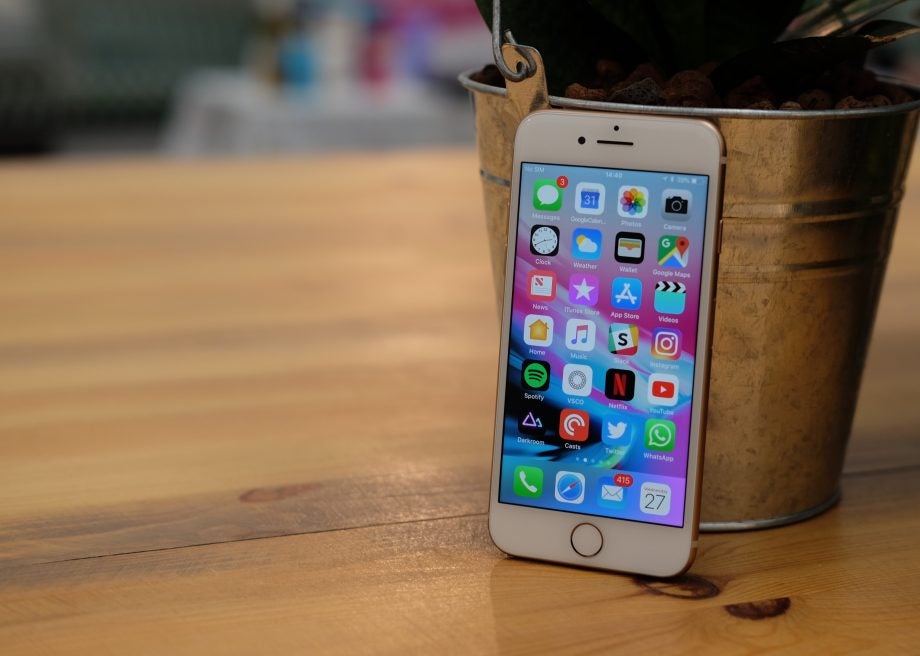iPhone 8 not working? Don’t let anyone other than Apple repair its screen

Apple’s recent iOS 11.3 update appears to be breaking the touchscreens of iPhone 8 handsets repaired with aftermarket screens.
Breaking the screen of your phone can be a terrifying moment. One second everything’s fine, and the next thing you know, your phone has a horrible ugly crack running right down the middle of it.
In an ideal world we’d all go straight to Apple to get a cracked screen repaired, but sometimes cost and the logistics of making it to an Apple store mean you’ve got no choice but to go to a third-party repairs company.
The release of the most recent version of iOS has called the feasibility of this method into question, however. Users are finding that phones that are equipped with an aftermarket screen as a result of a third-party repair are seeing their touchscreens break as a result of the update.
According to Motherboard, a small microchip that powers the screen is to blame. Some third-party repair companies have already identified a fix, but this involves manually upgrading the chip itself.
The problem with aftermarket screens
Phones equipped with official Apple-manufactured screens appear to be unaffected, but many repair firms use third-party screens because of difficulties in purchasing the real deal from Apple.
This is not the first time a problem like this has affected Apple phones. A similar issue cropped up last year with the iPhone 7, but it was quickly resolved with a software update. We have asked Apple whether users can expect a similar software update to fix this issue, but we’re yet to receive a response.
It’s difficult to know exactly how problems like this occur, and Apple isn’t the only company to have had this happen. Recently, the Nintendo Switch‘s 5.0 firmware had a similarly catastrophic effect on any consoles used with a third-party dock.
Cynically, you could look at events like this and say that this is Apple trying to put pressure on its repair competitors (after all, the company always advises going to Apple directly for repairs), but this ignores the fact that the company fixed a similar issue with the iPhone 7.
More likely is that the company focused its QA resources on testing the new software on its own hardware first and foremost, and was simply unaware of the effect it would have on third-party screens. It’s difficult enough to test a piece of software on all the official pieces of hardware it’s supposed to run on without also having to perform tests on every bit of equipment on the market.
We’ve got our fingers crossed that Apple issues a similar firmware update to restore functionality to affected devices, but even if it does so this incident is a firm warning about the dangers of unofficial repair companies.
Who do you turn to when your devices break? Let us know @TrustedReviews.


